Breaking News: Ancient Brain Region Reveals Surprising Visual Processing Abilities
Scientists at the Universidad Miguel Hernandez de Elche have made a groundbreaking discovery that challenges long-held beliefs about the brain's visual processing abilities. Research published in PLOS Biology reveals that the superior colliculus, a 500-million-year-old brain region, can independently interpret visual information and perform complex tasks such as attention and contrast-detection without the involvement of the cortex.
According to the study, published on November 8, 2025, the superior colliculus contains neural networks capable of carrying out fundamental visual computations. This finding suggests that the brain's ability to interpret the visual world does not depend solely on its advanced outer layer, the cortex. The research team, led by scientists at the Universidad Miguel Hernandez de Elche, used advanced imaging techniques to map the neural connections within the superior colliculus and demonstrate its ability to process visual information independently.
The immediate impact of this discovery is significant, as it highlights the importance of ancient neural circuits in guiding attention and perception. This knowledge could have far-reaching implications for our understanding of neurological disorders, such as attention deficit hyperactivity disorder (ADHD) and autism spectrum disorder, which are characterized by difficulties with attention and perception.
The superior colliculus is an evolutionarily older brain region that has been present in humans and other animals for millions of years. Its discovery as a key player in visual processing challenges the long-held assumption that only the cortex is capable of complex computations. This finding opens up new avenues for research into the neural mechanisms underlying visual perception and attention.
As researchers continue to explore the implications of this discovery, they are already considering potential applications in fields such as artificial intelligence and neuroscience. The study's lead author, Dr. Maria Rodriguez, notes that "this finding has the potential to revolutionize our understanding of the brain's visual processing abilities and could lead to new treatments for neurological disorders."


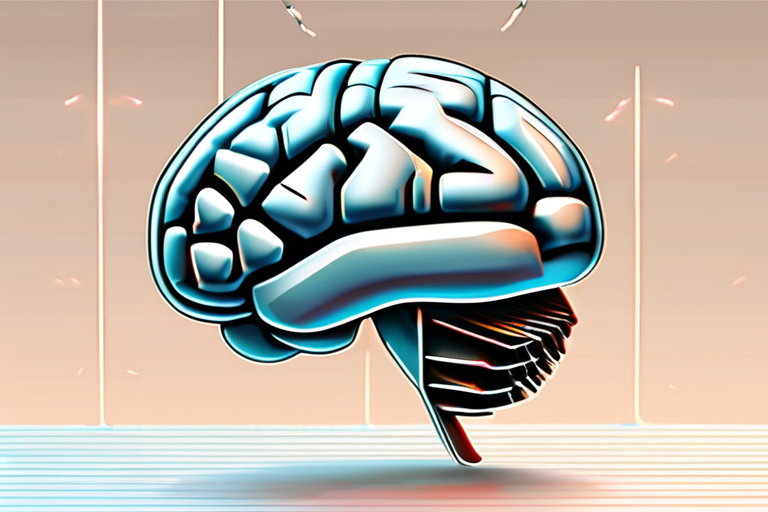
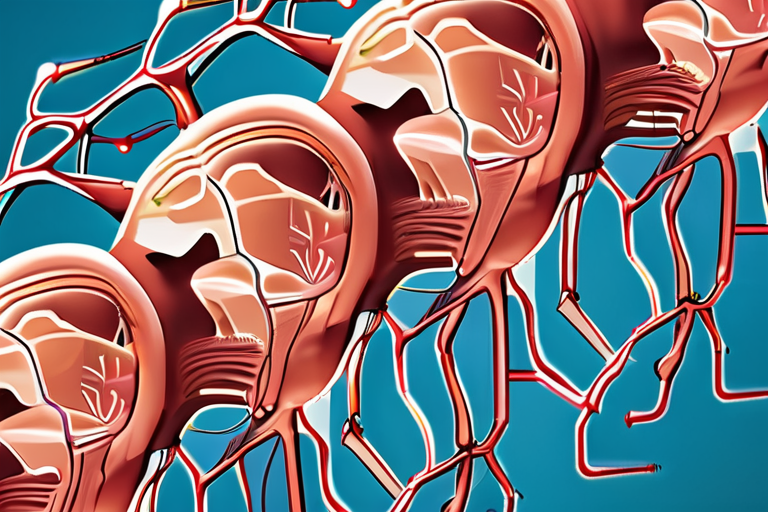
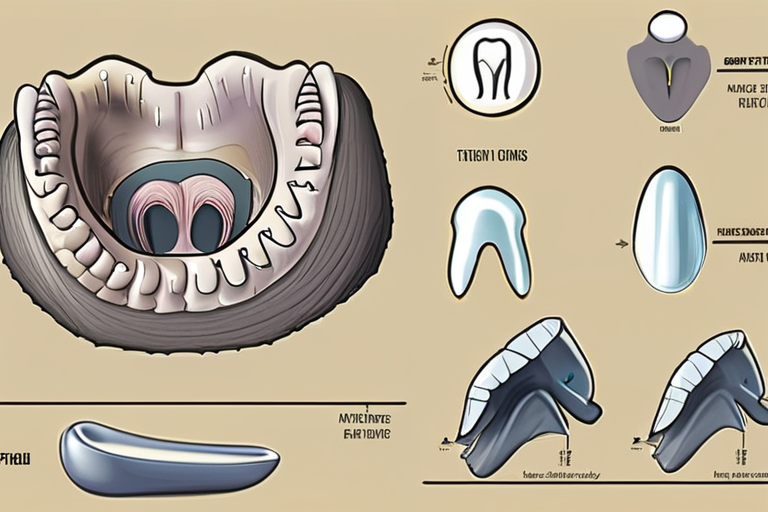
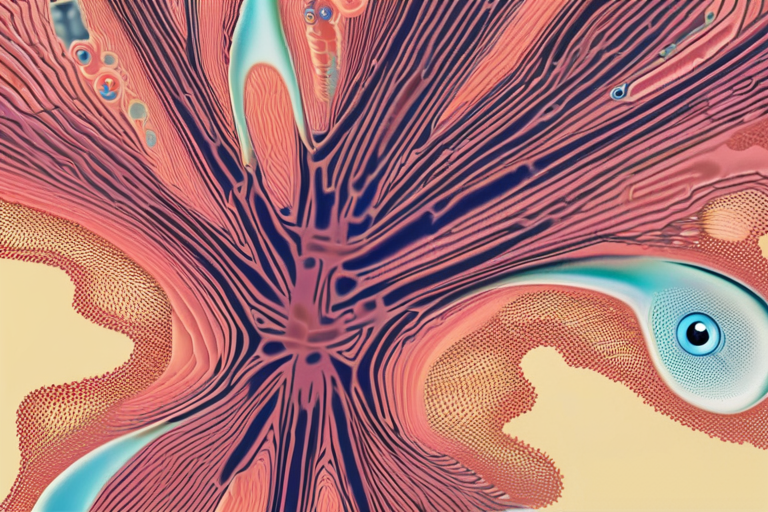
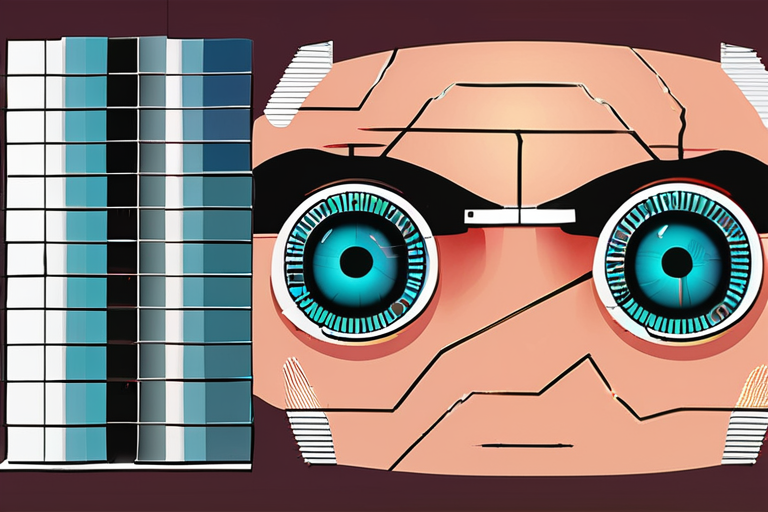


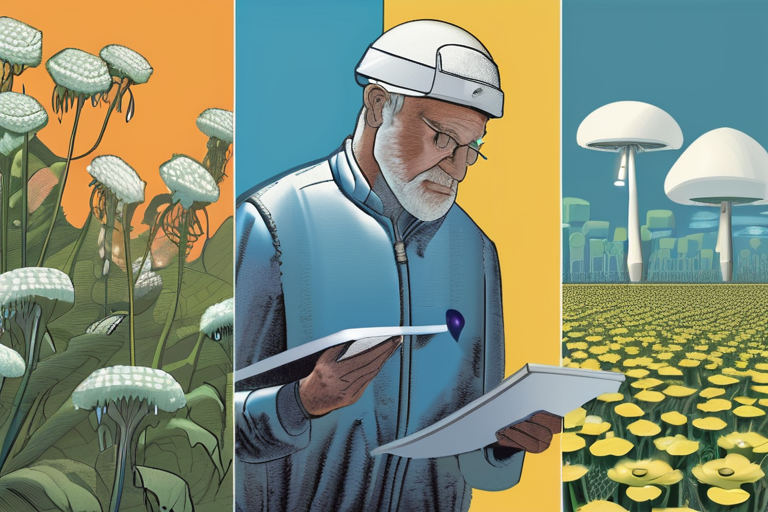
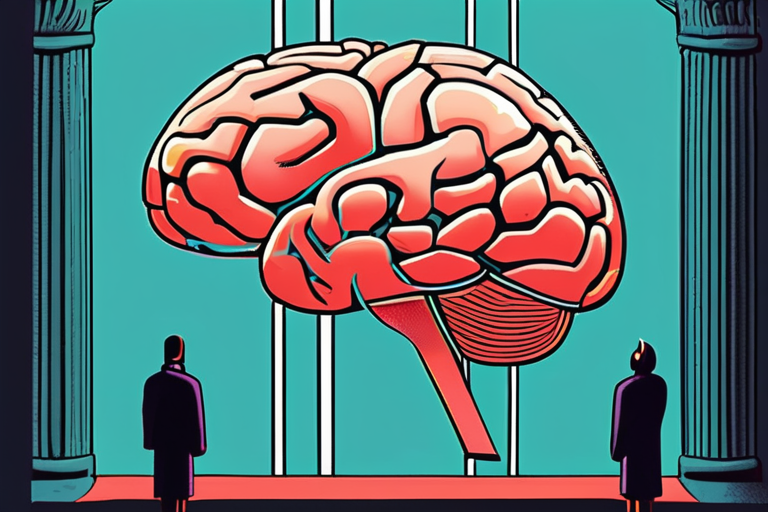


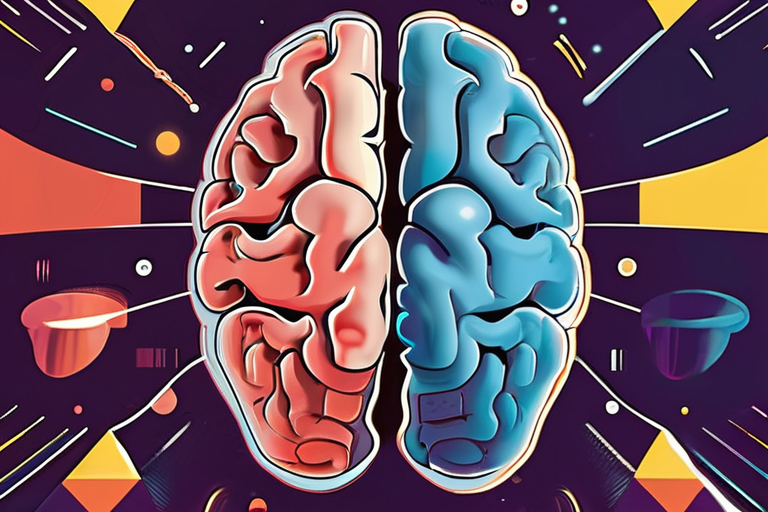


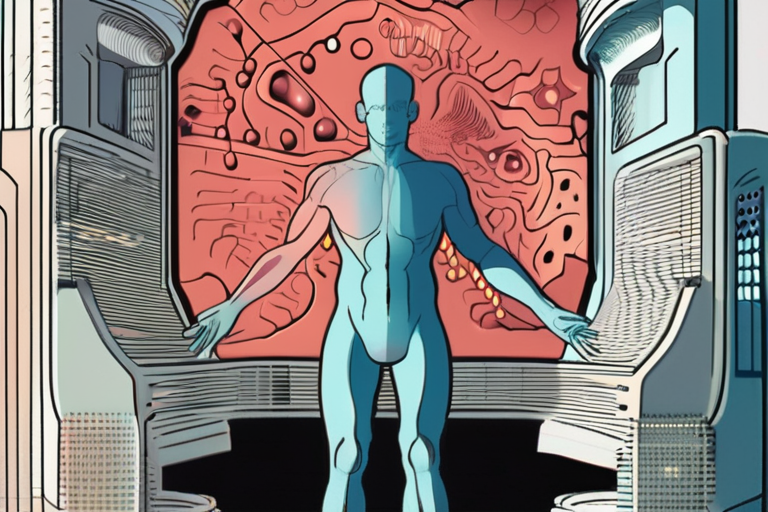
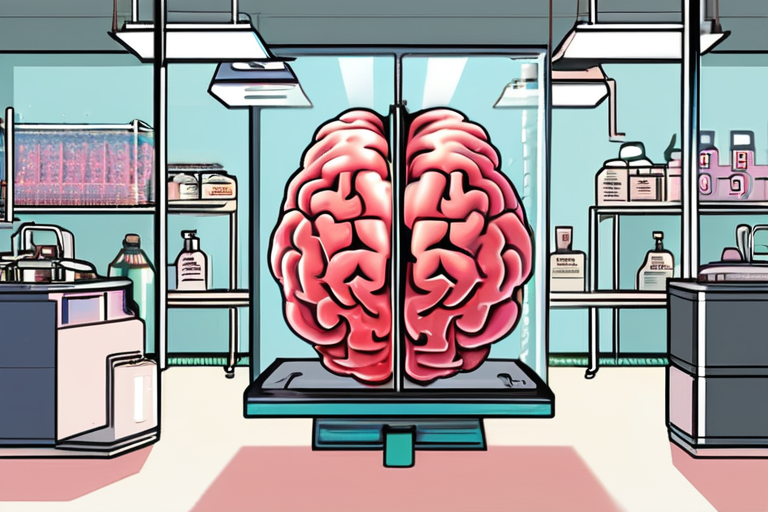
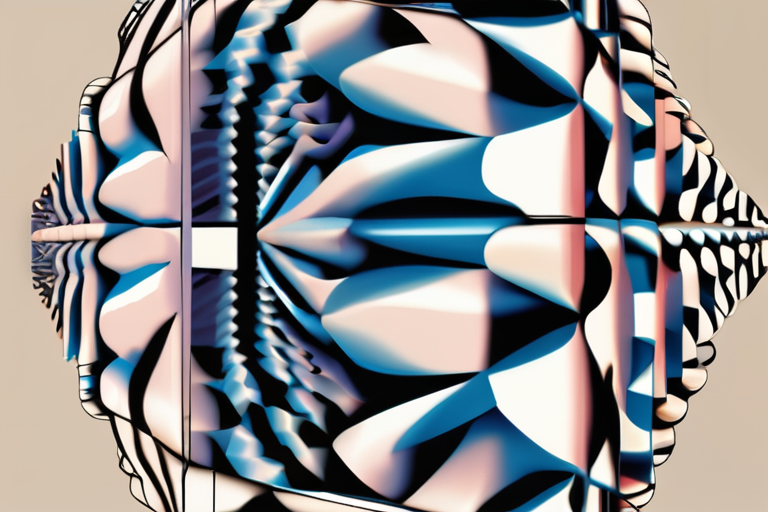


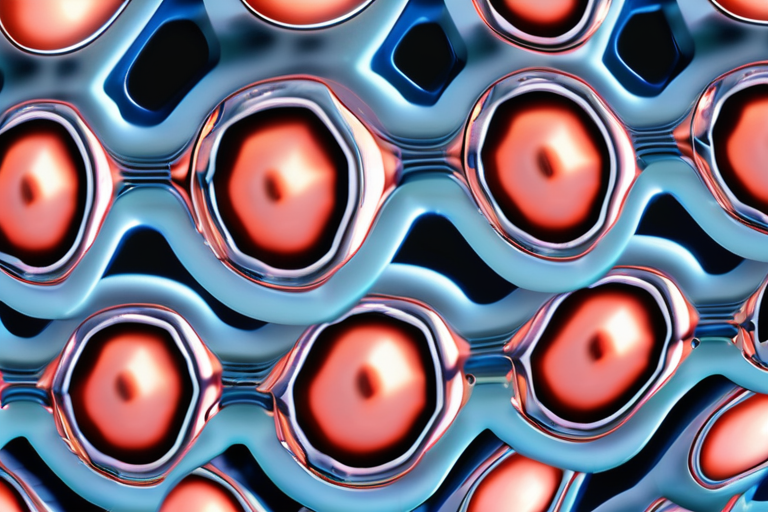

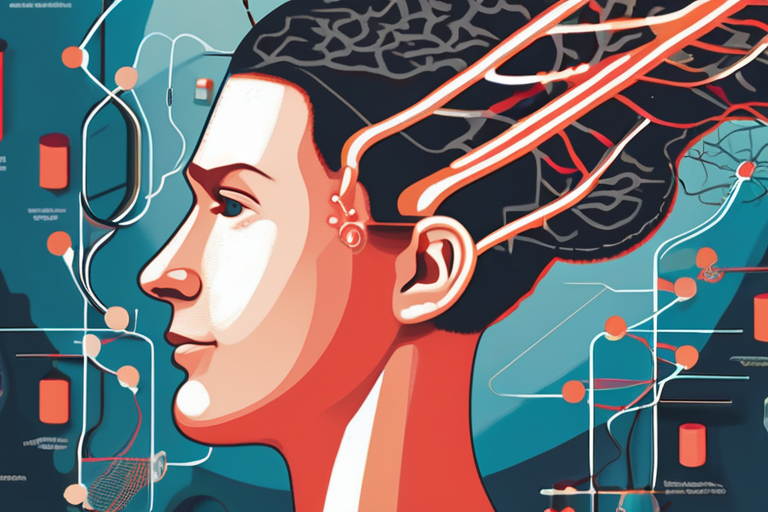
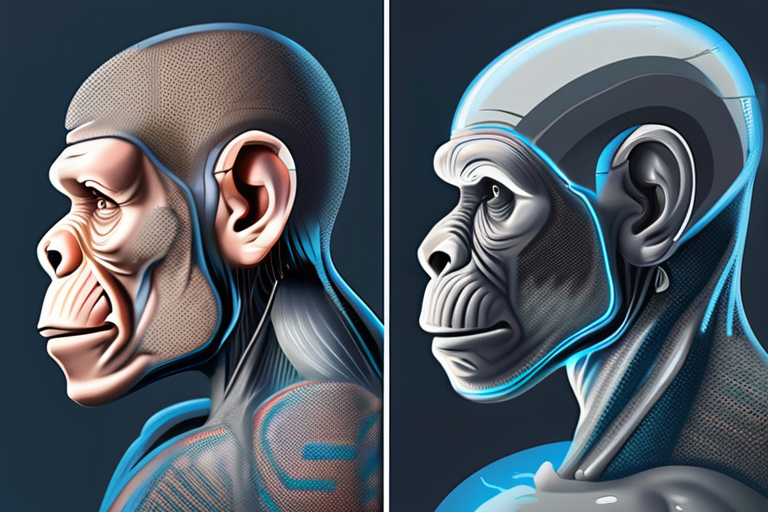

Share & Engage Share
Share this article